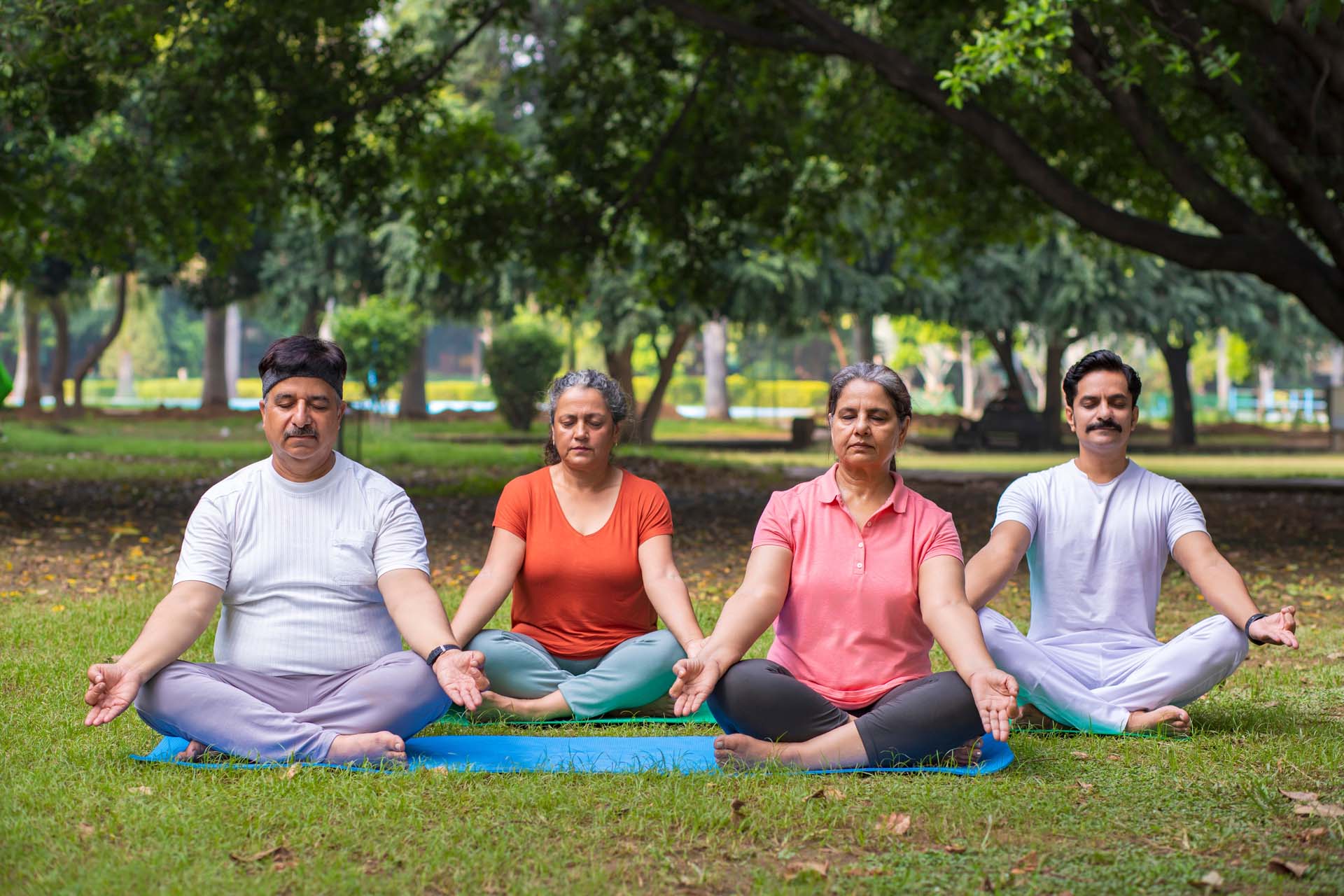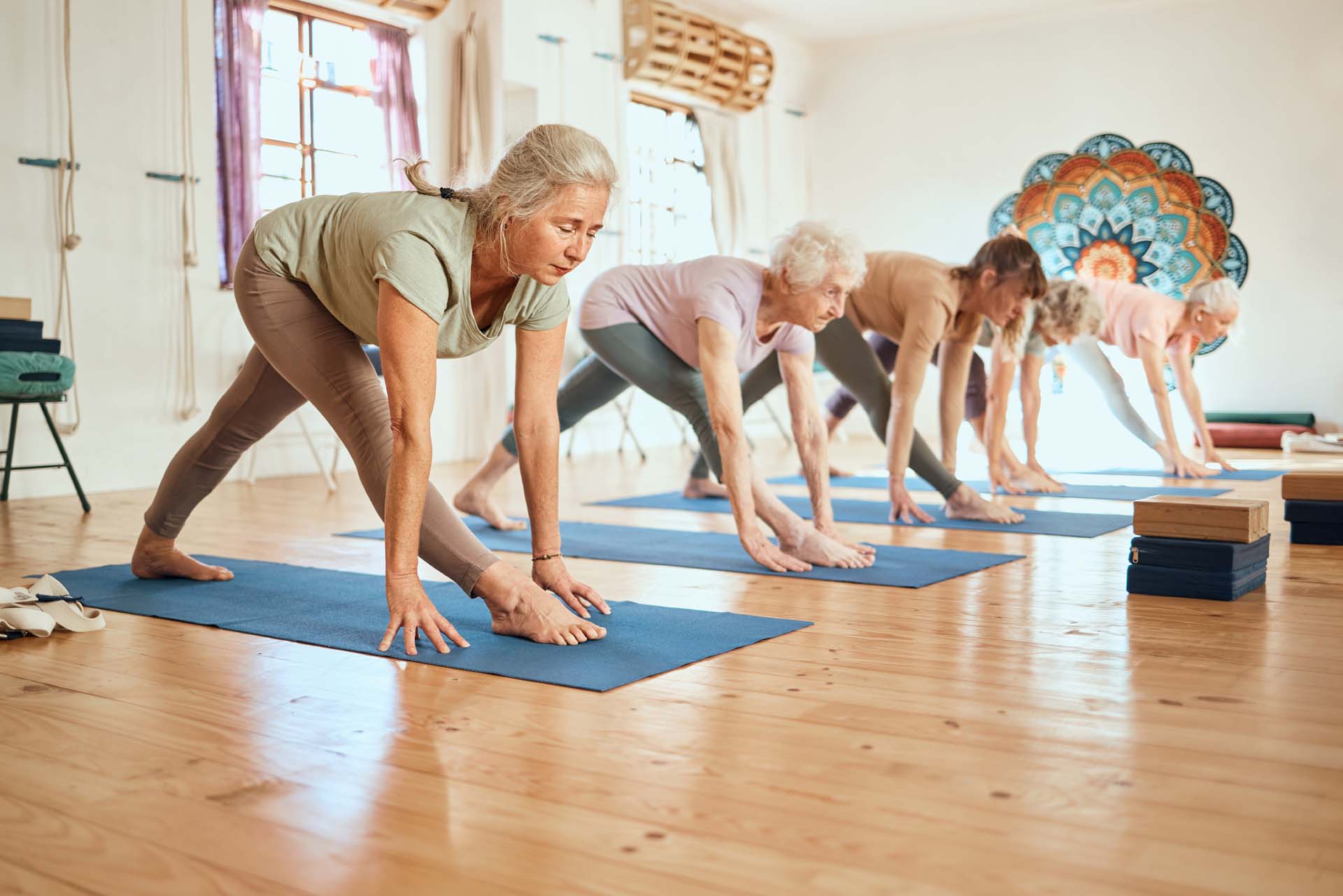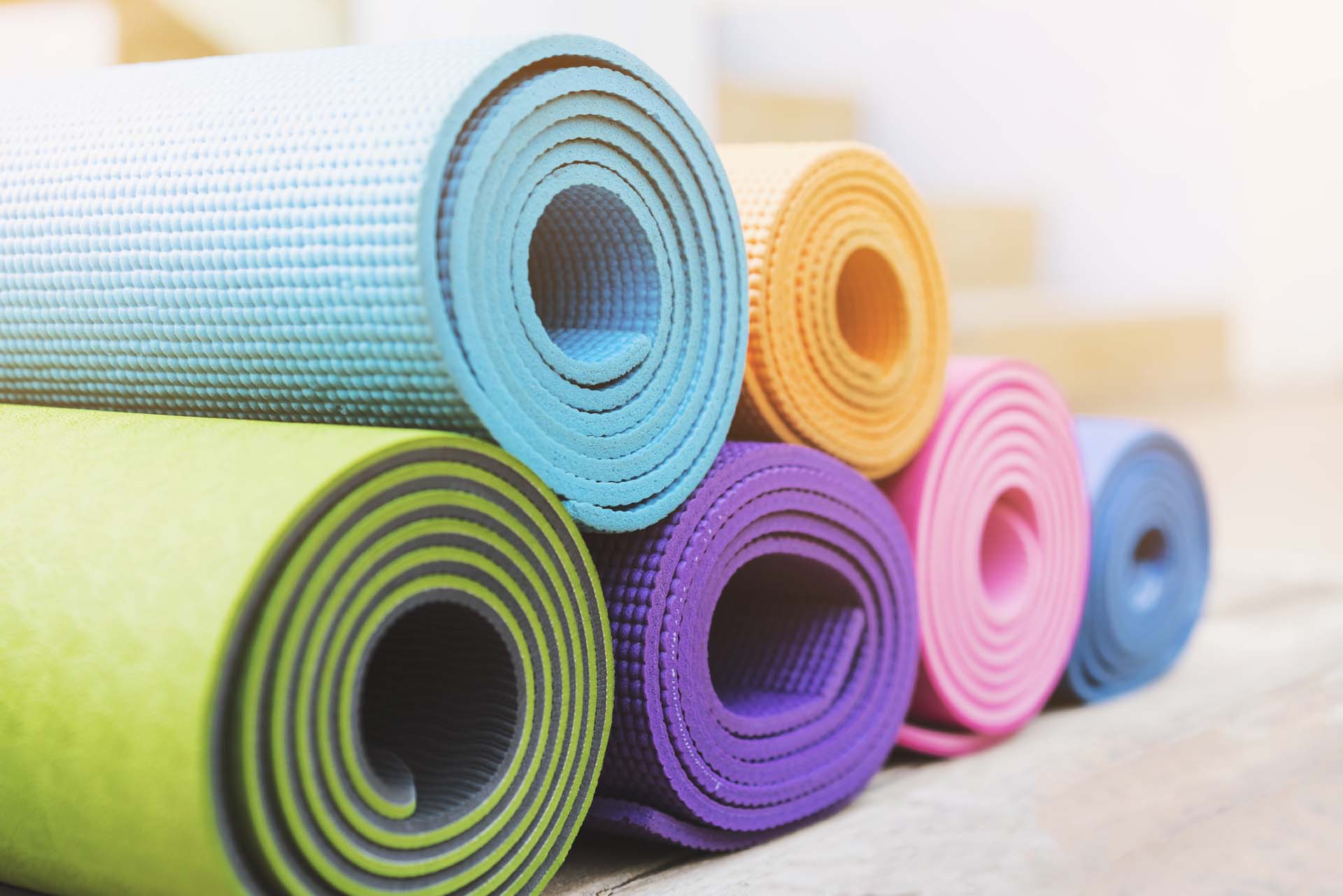How to clean a yoga mat without ruining it
How to keep your yoga mat in top condition – including a DIY cleaner recipe.

How to keep your yoga mat in top condition – including a DIY cleaner recipe.

Yoga is a great way of connecting mind and body, but it’s hard to feel Zen-like if you’re doing your downward facing dog posture on a dirty or smelly mat – which makes knowing how to clean a yoga mat essential.
A mat is the most significant piece of equipment you can buy when practicing yoga. Given that you'll likely have spent time and money choosing the best yoga mat for you, it's important to look after it. Keeping it clean is actually easier than you think.
Read our top tips below, including the best ways to clean your yoga mat, how to make your own yoga mat cleaner, and also what not to do.
James Armitage, owner of yoga mat company Liforme, explains that to clean your yoga mat, all you'll need is a cleaner and a cloth.
“Pump the cleaner onto your cloth and rub it evenly across the mat. Leave it for 30 seconds or so, and then dampen the whole mat down with a clean wet cloth, before leaving it out to dry.
“It shouldn’t take much more than that. Yoga mats are designed to wick away moisture in a hygienic way, so while it’s definitely good practice to clean your mat regularly, it shouldn’t need to take hours each time.”

There is a choice of specialist products available to help you clean your yoga mat. We like the OKIEOKIE 100% Natural Yoga Mat Cleaner (£9.90, Amazon), which is suitable for virtually all mats. Another good choice is the Revive Yoga Mat Cleaner Spray (£15, Yogamatters), which has a fresh scent.
You can also make your own cleaning spray (see our recipe below). Then all you’ll need is a soft cloth. Microfibre cloths are ideal and we like the E-Cloth General Purpose Cloth (£11.92 for four, Amazon), or for a more eco alternative try the Sorbo Recycled Microfibre Cleaning Cloths (£5.48 for 4, Amazon).
Mats are generally made from a combination of materials, including rubber, PVC or polyurethane (PU). Some are more absorbent than others and common ingredients in DIY cleaners may be great for some mats, but they may not be suitable for all.
Like any other workout equipment, yoga mats collect germs and bacteria from our sweat and natural body oils. If you apply creams, perfumes or anything else to your skin, these will transfer to your mat too. They can coat the surface and cause the mat to lose its grippy texture.
Armitage says: “We advise that you steer clear of essential oils, body lotions or moisturiser when you’re using a mat. That will help keep it in great condition and need cleaning less regularly.”
It all depends upon how often you use your mat and the intensity of your sessions. Instructor Nicky Webb, from Flexi Soul Yoga, recommends wiping down your mat after every couple of uses – or more frequently if you notice marks, stains or a smell.
Webb adds: “It also depends upon what type of yoga you are practising. If you are doing hot yoga you’ll want to clean it each time but for more gentle forms, such as restorative or yin yoga, every couple of sessions is fine.”
Yoga instructor Karen Maidment makes up her own natural cleaner. This is her recipe:
Don’t use chemical disinfectant wipes or sprays, bleach and alcohol-based cleaners. These can damage the structure of the mat and the chemicals can also be absorbed into the mat causing skin irritations.
Webb also has another warning: “Remember not to use too much soap when you clean your mat, as it can leave it slippery when it’s dry.”
If your mat is very dirty or smelly, consider soaking it – after you’ve checked the manufacturer’s cleaning guidelines.
Fill a bath with enough warm water to cover your mat and add a teaspoon of gentle soap. Submerge it in the water and leave it for five minutes and then give it a good clean with a cloth, paying attention to any marks or dirt.
Then rinse until the water runs clear – which takes time and effort. It can take up to 24 hours to dry, so hang it up, but avoid leaving it in direct sunlight as it can cause it to fade.

It is possible to clean some mats on a gentle cycle with a small amount of detergent, but only if the manufacturer explicitly states you can do this.
Putting a yoga mat in a washing machine can cause rips, stretching or other damage. Definitely do not spin, tumble dry or add harsh detergents. If you do, you’ll be buying a new one.
Caring for your mat prolongs its life, but a yoga mat isn’t made to last forever.
You’ll know when to replace your yoga mat if it loses some of its grip and cushioning or it fades and starts to flake around the edges.
Phillipa Cherryson is senior digital editor for Saga Magazine. Phillipa has been a journalist for 30 years, writing for national newspapers, magazines and reporting onscreen for ITV. In her spare time she loves the outdoors and is an Ordnance Survey Champion and trainee mountain leader.
View author page

Yoga is a great exercise for everyone. If you want to have a go, but don't know where to start, try our best beginner yoga poses


The best yoga poses to build strength and make your life more comfortable

